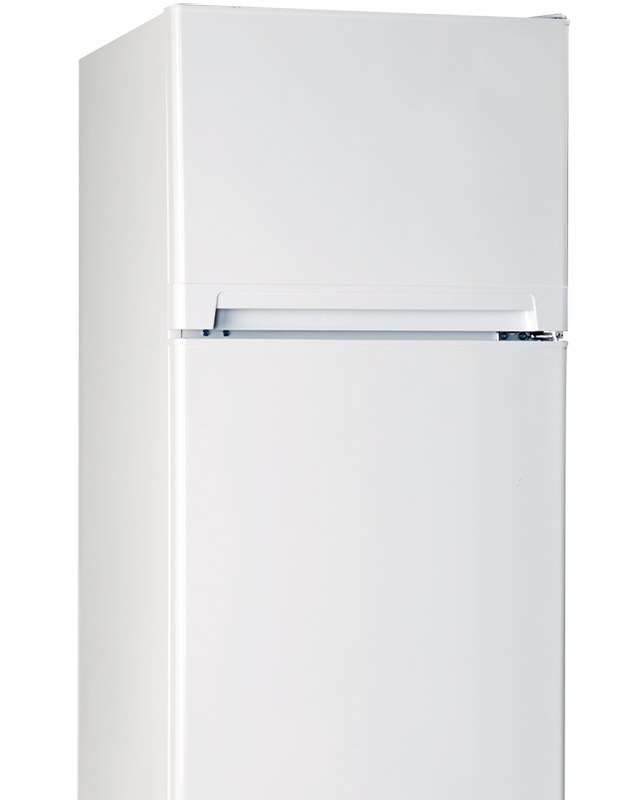Energy Saving Tips
Appliances
-
01Don't leave appliances on standy
Make it a habit at the end of the day to check that you’ve taken the plugs out on big appliances like washing machines and dishwashers, right down to mobile phone and MP3 player chargers. It all makes a difference, but 71% of us admit to forgetting to switch off.
-
02Defrost your fridge regularly
When ice builds up, your freezer uses more electricity. If it frosts up again quickly, check that the door seals are strong and intact.
-
03Replace old appliances with energy efficient ones, check the energy efficiency rating when buying new appliances
The major appliances in your home -- refrigerators, clothes washers, dishwashers -- account for a big chunk of your monthly utility bill. And if your refrigerator or washing machine is more than a decade old, you're spending a lot more on energy than you need to.

Heating
-
01Use energy efficient heating and insulate to prevent heat loss
Insulation is a vital investment for any household that’s looking to curb its heating costs. Not only does it make heating your home more energy efficient and therefore use less energy to keep it adequately warm, it’s also a much greener way of using energy.
-
02Use a thermostat on heating appliances
A higher wattage, thermostatically controlled heater is usually a better alternative to panel heaters as the higher heat capacity allows heating up a room quickly, then the thermostat can cycle the heater on and off to maintain a comfortable temperature without wasting energy unnecessarily.
-
03Keep doors and windows closed and insulate around them to retain heat
Draughts and unwanted air leaks not only make your home uncomfortable, but they can also increase heating costs by around 20%. Minimise heat loss by sealing draughts.
Hot Water
-
01Use cold water for washing clothes where possible
Washing your clothes uses a sizable amount of energy, especially if you use warm or hot water. About 90% of the energy consumed for washing clothes is used to heat the water. Unless your clothes have oily stains, washing with cold or warm water will clean your clothes just as effectively.
-
02Shower rather than bath and fit an energy efficient shower head
This way you can cut your water consumption by a third. A shower uses about 30 to 80 litres, while a bath uses 150 to 200 litres of precious water.
-
03Fix any leaking taps
You'll save on water and energy charges, keep your home drier, and - in the case of leaking pipes - prevent serious damage to your home. Whenever you call a plumber, have your tap and plumbing fittings checked for leaks and wear, so that prompt action can be taken.
-
04Recommended water temperature is 55 – 60 degrees
It is important that the water in the cylinder is this hot to kill bacteria such as legionella but higher temperature settings only increase your power bill and can scald you (it only takes one second at 70°C).

Insulation
-
01Wrap hot water cylinder and pipes
Pre-2002 electric hot water cylinders probably aren't insulated all that well, so should be wrapped in specially designed insulation. You can also insulate the hot water pipes. Wraps cost around $60 and pipe insulation is about $5 a metre from hardware stores. For an older (pre-1987) cylinder and pipes, you could save up to $85 a year (note: you can't put a cylinder wrap on a gas hot water system).
-
02Insulate ceilings, walls and floors to prevent heat loss
Insulation is the most effective way to improve the energy efficiency of a home. It helps to keep heat in during winter months, improves comfort, and reduces heating costs, while reducing the environmental impact of heating.
-
03Use thermal lined curtains to prevent heat loss through windows
Good curtains and blinds can reduce heat loss through windows by 60% for single glazed windows, and 40-50% for double glazing. Of course, as they only work when they are drawn, curtains and blinds are not a substitute for proper double glazing.

Lighting
-
01Choose the right lighting for the situation
Compact fluorescent lamps (CFLs) - use the same technology as linear fluorescent tubes – common in our schools, hospitals and workplaces.
Light emitting diode (LED) - have a lifespan and electrical efficiency that is several times better than incandescent lamps, and significantly better than most fluorescent lamps.Energy efficient lighting produces more light with less energy - so a 24W CFL produces the same amount of light as a 100W incandescent bulb. This is because a lot of the energy used by an incandescent light is wasted as heat. The less energy that's used, the cheaper it is to run the light - so a 24W CFL could save you up to $20 in the first year alone.
-
02Energy efficient lighting lasts a long time. When used for three hours per day, a new generation halogen lasts about two years, a CFL lasts about seven years, and an LED should last at least ten years, but often up to 25. The upfront cost for energy efficient lighting will usually be more than a standard light, but because they last so long this cost is recovered - so a 24W CFL could save you over $140 over its lifetime compared to the equivalent incandescent light (based on manufacturers information).
